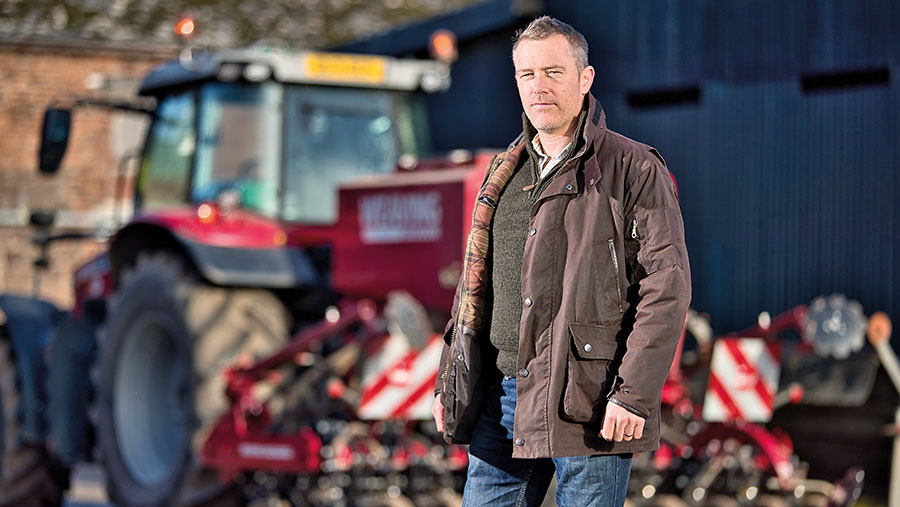Will’s World: Farm floods bring rising tide of field flotsam
 © Richard Stanton
© Richard Stanton Tens of thousands of plastic bottles, thousands of tree branches, hundreds of tonnes of silt, reams of sheep mineral buckets, scores of trainers and flip-flops, dozens of canoe paddles, a couple of entire floating docks, a very creepy-looking traditional tribal mask, and a partridge in a pear tree.
OK, I made the last one up; my daughters inform me that Christmas is on the way, so I added it for seasonal effect.
However, the rest of the list of items I’ve picked up in the aftermath of various floods on our farm over the years is accurate.
See also: Are wetland crops the future on lowland peat?
Collecting all that rubbish and detritus out of your fields for days on end does tend to make you lose faith in humanity and question your life choices, so you need to keep reminding yourself of a few things:
1. If you farm next to a river as we do, then floods are, like death and taxes, inevitable.
2. Hopefully, our fellow farmers further upstream in the hills have been liberal in their application of FYM and fertiliser in recent months and our crops will get the benefit.
3. Floods aren’t a new phenomenon, and farmers have been coping with them for millennia.
A river runs through it
There’s a photo of our local village taken in 1903, where several men in collarless white shirts and black waistcoats paddle coracles along the high street, as a crowd of schoolboys in flat caps perch on a semi-submerged wall, gurning excitedly at the camera.
My grandfather often talked about the flood of early 1940 that caused large-scale damage throughout the Lower Dee Valley.
I’m sure that was the last thing they needed to be dealing with during that momentous year: “Give us a break, Mother Nature, we’re trying to fight the Nazis here!”
Heck, Tacitus even wrote contemporary accounts of Roman legions having to cross treacherously swollen rivers during the conquest of Britain in 43 AD.
Just the thought of it makes me shiver. I’d rather have faced Boudica herself in battle than have had to wade into the flooded Thames during winter in not much more than leather sandals and a jaunty short red skirt.
Having said all that, what is undoubtedly changing is the frequency of floods. It used to be that we’d get a bad one once a decade or so; now, it’s every two or three years.
Water, water, everywhere
I suppose we’re going to have to get used to that as the climate changes further in the coming decades, and we get more and more extreme weather.
We also need comparatively little rainfall to cause problems – no surprise when you see the silted-up state that the rivers are in, not to mention the rainwater pouring off the roads and into fields because councils don’t maintain drains anymore.
But I don’t want to get on my soapbox about that; I haven’t got the energy, and I’ve also long since accepted that despite all the warm words and platitudes, governments don’t care about farmers or domestic food production.
Or perhaps they do, but just haven’t got the money to make it a priority. Either way, we’re on our own with it.
It does feel lonely after a flood, too. When you look at your ruined crops and mentally work out the financial hit, you’re consumed with nothing but utter despair.
You just have to try to remember that the sun will shine again, eventually.
In the meantime, anyone know anything about growing rice?
